Where
Location
Blythe Valley Park is a business park in Solihull in the West Midlands. It is accessed from Junction 4 of the M42, on the A34 Stratford Road between Solihull and Hockley Heath. Post code B90 8AA.
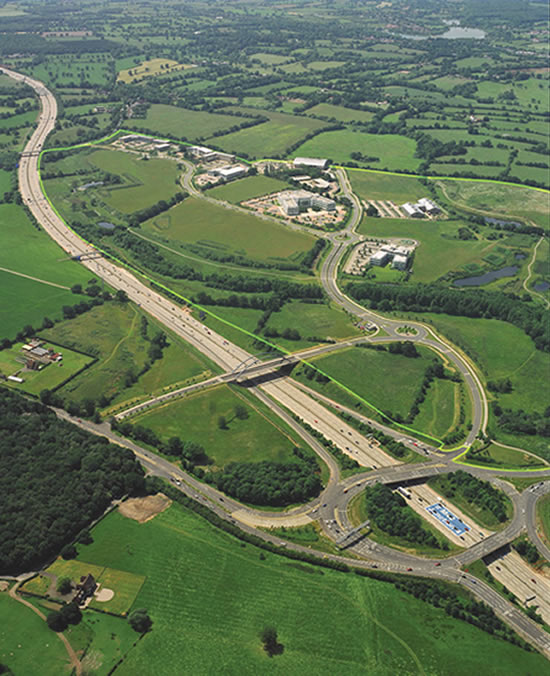
Figure 1: Aerial of Blyth Valley Park. (Courtesy of BVP Management Company)
Description
Blythe Valley Park contains one of the largest and oldest ‘SuDS’ scheme in England. Several systems of swales, ponds and wetlands were installed as part of the infrastructure work to protect the River Blythe, a SSSI, from the effects of development on what was formally farmland. Construction started in 1999 and has been continuing since. There are two phases to the overall site – phase 1 is a partially built-out office park, and phase 2 has been subject to some earthworks remodelling and the provision of SuDS for future use. The whole of both development phases now covers some 257 acres. The site is used by the Environment Agency as an exemplar.
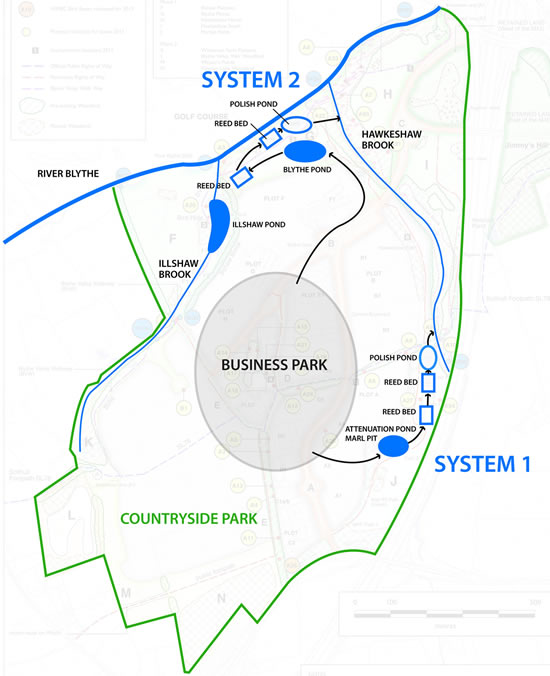
Figure 2: Blythe Valley Park SuDS
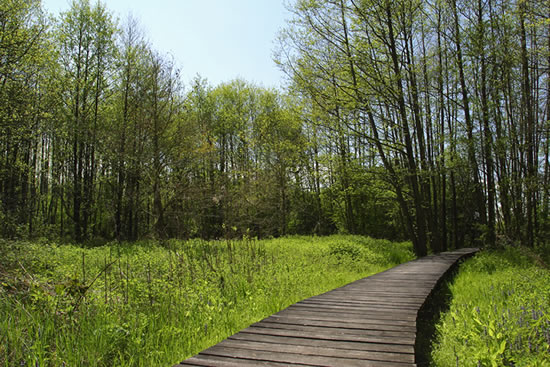
Figure 3: Boardwalk through Hawkeshaw Wood
Main SuDS used
The site lies on impermeable clay, so there is very little infiltration into the ground. The attenuation systems are therefore very extensive. System 1 is located to the west of the business park and System 2 to the north. Both systems work as ‘treatment trains’ and are comprised of swales that feed through wet attenuation ponds, into constructed wetlands and ‘polishing ponds’, eventually discharging into either the Hawkeshaw Brook (west) or the Illshaw Brook (north). Both of these brooks flow into the river Blythe in the north.
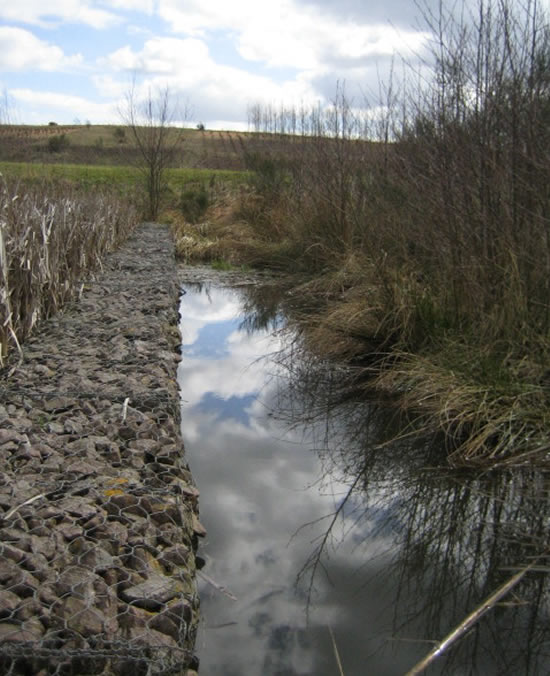
Figure 4: Stilling pool and gabion in system 2 reed bed 2
How it works
Quantity
The SuDS scheme was designed to attenuate up to the 1 in 100 year return period critical duration event – climate change was not required to be considered at that time. Pre-development green field run off flows based on the one year run off were used as the control flows from the balancing ponds, prior to discharge through control devices (Hydrobrakes) to the reed beds/polishing ponds, and thence to the Brook courses.
Quality
Castellated weirs were used within the reed beds to convey a linear flow through the reeds to maximise the ability for the reeds to take up any pollution.
Surface water is collected conventionally on development plots before being piped into the SuDS components. At the time the design proposals were advanced in the mid nineties very little SuDS type work had been progressed.
Specific details
Concerns were expressed by the Environment Agency that wetlands might dry out. Constructed wetlands were therefore designed as ‘horizontal flow’ reed beds modelled on a sewerage treatment system, with water passing through the bed substrate. The whole park is managed under the terms of a comprehensive landscape management plan (LMP) required as part of the planning consent.
The SuDS scheme was designed to attenuate up to the 1 in 100 year return period critical duration event – climate change was not required to be considered at that time. Pre-development green field run off flows based on the one year run off were used as the control flows from the balancing ponds, prior to discharge through control devices (Hydrobrakes) to the reed beds/polishing ponds, and thence to the Brook courses.
Every year the West Midlands Bird Club produce a ‘Blythe Valley ringers’ report’. In 2013 a rare event occurred in which a reed warbler that was originally ringed at Blythe Valley Park in July 2012 was re-trapped in Paris, France in August 2013.
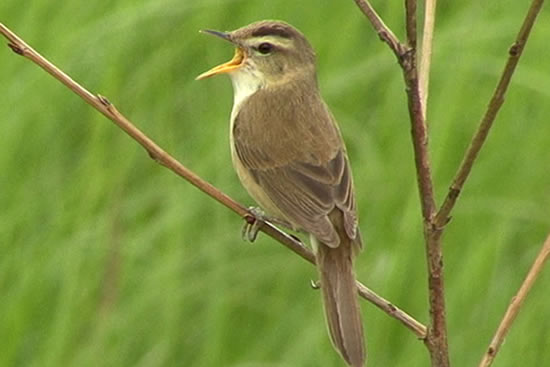
Figure 5: Bird hide next to Illshaw pond
Benefits and achievements
Control of runoff to greenfield rate and volume has been achieved. Surface water is treated before discharging into the River Blythe. LMP works shows water quality has remained high. Creation of a number of different kinds of wetland including open water, reedbed, marsh and wet grassland has increased species diversity. The waterbodies provide an attractive setting for the business park as well as a well-used publicly accessible amenity space. Any pollution incidents can be easily identified and dealt with. In 2010 Blythe Valley Park was given a Conservation and Wildlife Award by Britain in Bloom.

Figure 6: New building viewed over the Marl Pit attenuation pond
Challenges and lessons learnt
Source control was not achieved due to the Environment Agencies concerns that wetlands would dry out. The nature of the soil meant that extensive pond liners used in many areas were probably not necessary. Fears about drying out of the system proved unfounded The age of the system and regular LMP inspections has enabled good quality performance data to be obtained. Close working with earthworks contractors is important to ensure opportunities to create gentle slopes and marginal shelves are taken. Vegetation growth creates biomass and slightly reduces attenuation volumes over time.

Figure 7: Blythe Pond

Figure 8: Mown path in Marlpit Fields

Figure 9: Interpretation boards as part of nature trail enhancements
Team and details
Status: Completed For more details contact: Bllythe Valley Park 0121 701 5580, http://www.blythevalleypark.co.uk/
Reviewed May 2014



